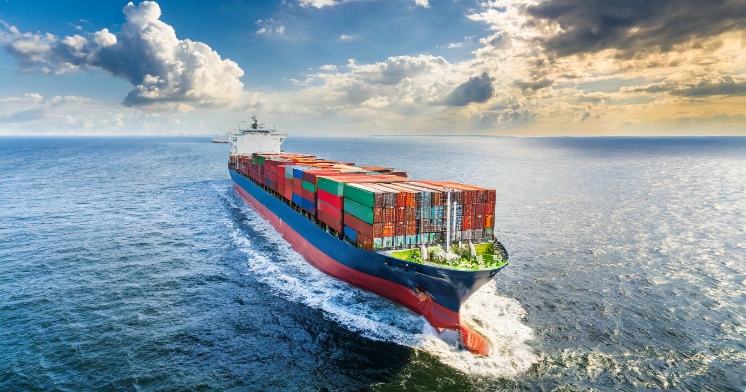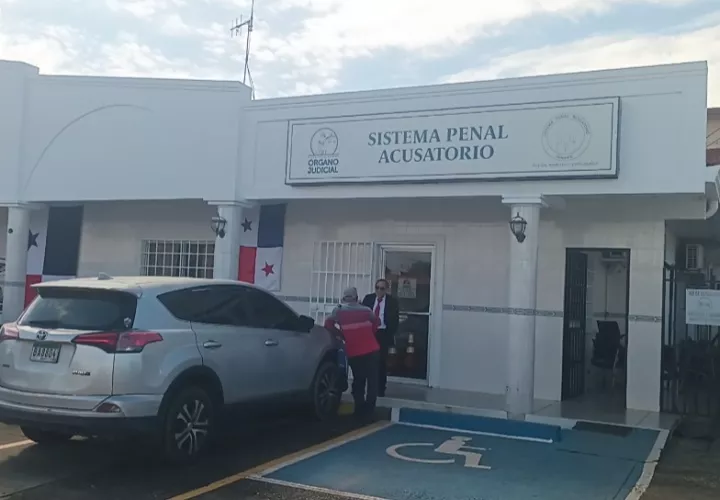Freshwater charge earns Canal $457 million

The “freshwater charge” introduced three years ago by the Panama Canal Administration (ACP) has generated income of $457 million for the waterway.
In 2020, the administrator of the Canal, Ricaurte Vásquez, established the charge for freshwater as a strategy due to the lack of the resource and the urgency of offering a long-term solution to the issue of supplying the asset, both for human consumption and for the operation of the Canal.
HIGHER RAINFALL
“For the fiscal year 2022, rainfall was 8.5% above the historical average and, thanks to effective water management in the Gatún and Alajuela reservoirs, during 88% of the days of the fiscal year 2022, the interoceanic highway offered a draft of 50 feet, the highest allowed in the neopanamax locks”, said the entity.
These levels in the lakes facilitated the transit of ships with larger cargo volumes last year.
In the fiscal year 2022, the freshwater charge paid during the dry season was significantly lower, because in this season the Gatún reservoir presented a level that did not impact, to a large extent, the variable component of the new charge, which is related to with the level that the reservoir presents during the date on which the transit is carried out.
The freshwater charge is applicable to all vessels over 125 feet in length) that transit through the Canal, with a fixed of $10,000 for each transit and a variable charge that is the percentage of the toll established on the basis of the daily level of Gatun Lake, between 1% and 10% of the toll.
This means that the higher the level of the lake, the less percentage would be charged. Similarly, the lower the lake level, the higher the percentage.
The ACP explained that benefits were added to the charge for fresh water for customers who receive real-time data on the current and projected levels of Gatun Lake, indicators of precipitation, evaporation, and the maximum depths allowed when requesting transits through the Canal.





